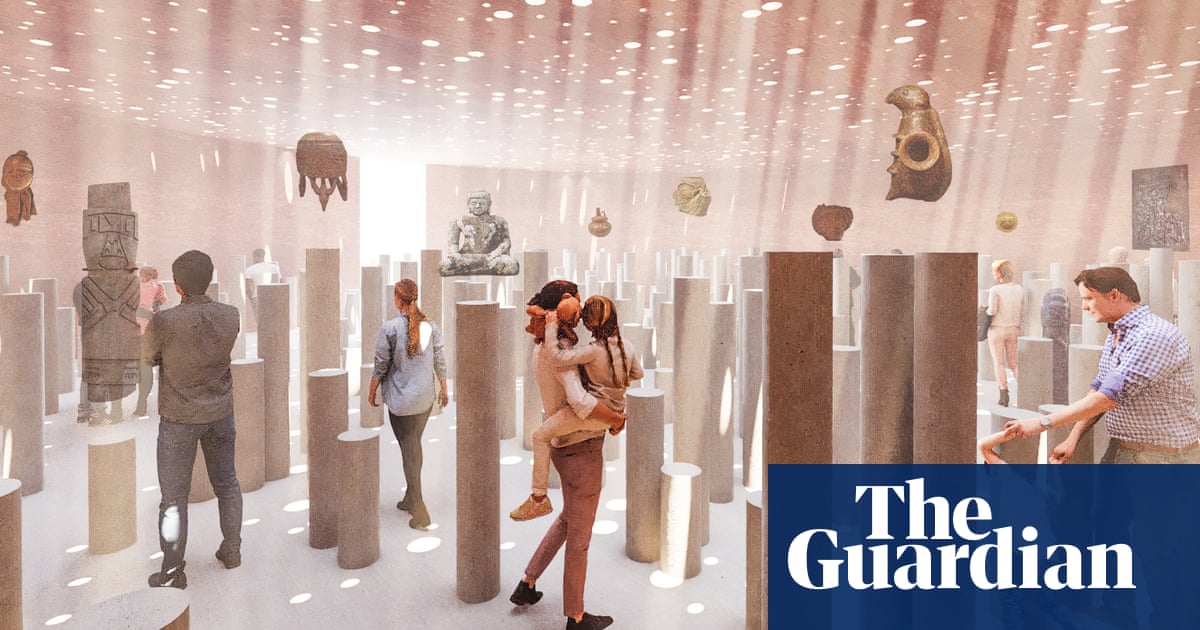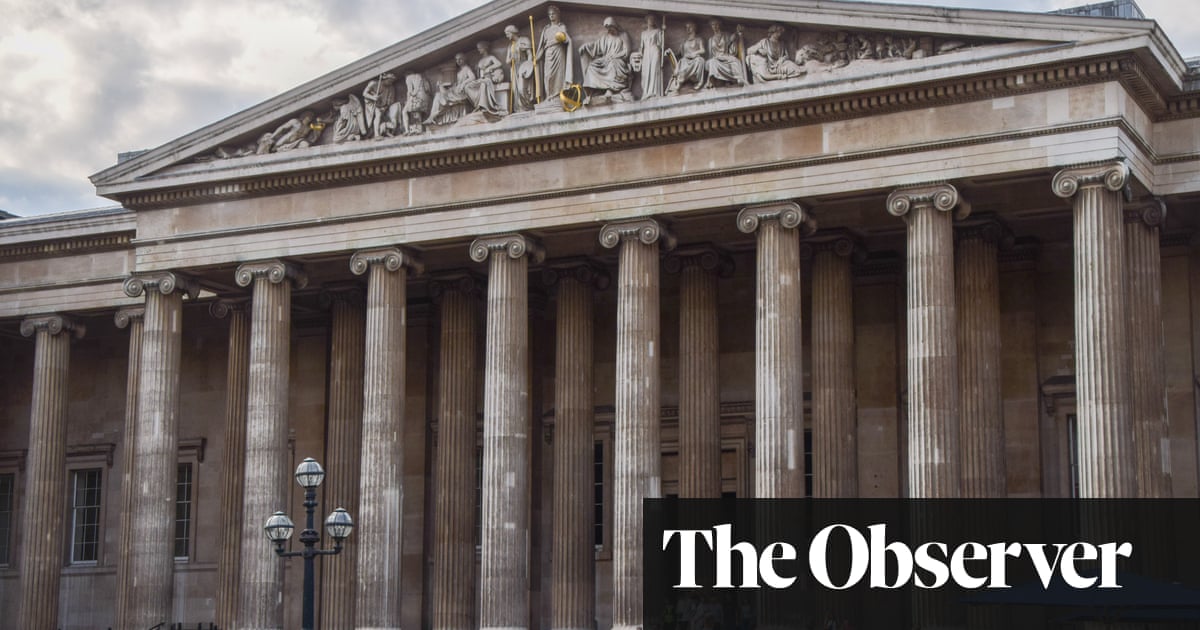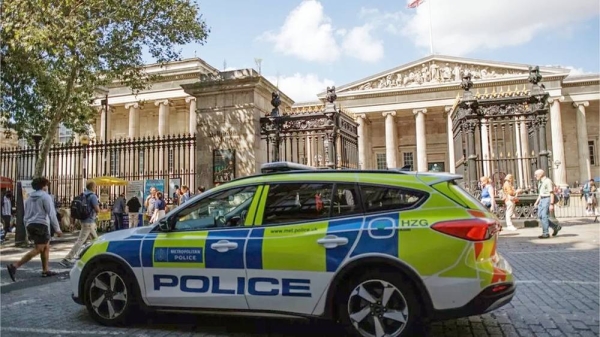
At least 70 artworks and ancient artefacts across three galleries on Berlin’s museum island were vandalised with an oily substance earlier this month, German media has reported.
Objects including Egyptian sarcophagi, stone sculptures and 19th-century paintings held at the Pergamon Museum, the Alte Nationalgalerie and the Neues Museum sustained visible damage during the attack on 3 October, according to reports in the weekly Die Zeit and broadcaster Deutschlandfunk on Tuesday.
News of the attack was kept from the public for more than two weeks.
The Prussian Heritage Foundation, which oversees the museum island collections, reportedly confirmed that objects in the exhibitions had sustained damage. Police in the German capital said they had launched an investigation but would not comment on a motive behind the attack.
In 2018 two women were arrested in the Greek capital, Athens, after smearing museum exhibits at the National Museum of History with an oily substance. The two women, later identified as being of Bulgarian origin, told police they were spraying the artworks with oil and myrrh “because the Holy Scripture says it is miraculous”.
But German media have linked the museum island attack to conspiracy theories pushed through social media channels by prominent coronavirus deniers in recent months.
One such theory claims that the Pergamon Museum is the centre of the “global satanism scene” because it holds a reconstruction of the ancient Greek Pergamon Altar.
Attila Hildmann, a former vegan celebrity chef who has become one of Germany’s best-known proponents of the baseless QAnon conspiracy theory, posted messages on Telegram in August and September in which he suggested that the German chancellor, Angela Merkel, was using the altar for “human sacrifices”.
On Tuesday night Hildmann, who has over 100,000 followers on his public Telegram channel, posted a link to the Deutschlandfunk article with the words: “Fact! It is the throne of Baal (Satan).”












